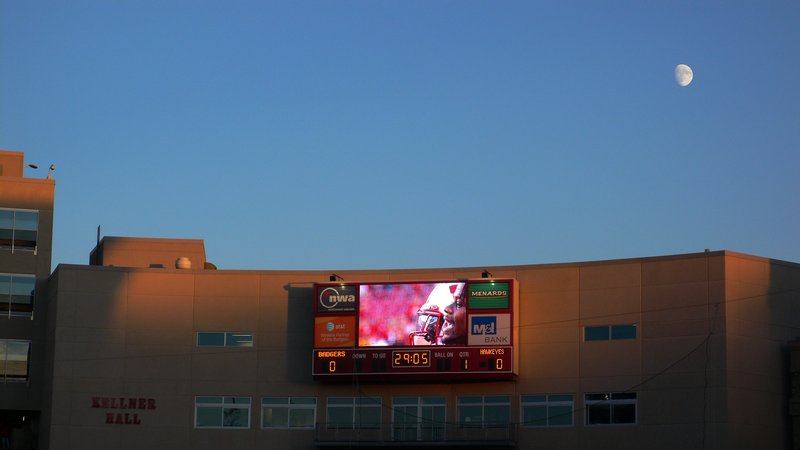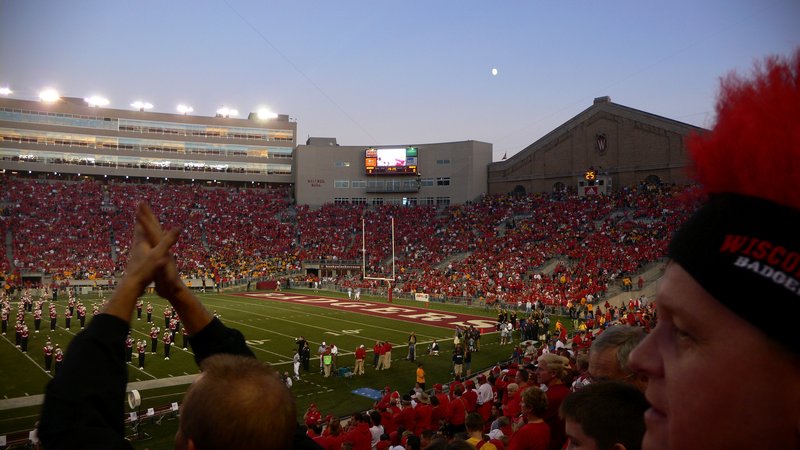I don’t subscribe to the newspaper my family sold to a chain in the mid-1990s. While I miss the New York Times crossword puzzle, I finally stopped my subscription, because I really wasn’t interested in reading the generic news that has replaced the community coverage we used to provide.
In more than 30 years of newspaper management, I experienced the transformation described in your white paper on Media 3.0, as we faced increasing competition from direct mail, segmented cable and the myriad of other choices served to advertisers.
But there is one underlying reason why newspapers will not be able to take advantage of the opportunities so well presented in your paper: They simply lack the intellectual capacity…
NetJets Gulfstream Fleet: #1 Route?
n a recent interview, Mr. Santulli of NetJets marveled at the vast wealth driving this growth. He also said that not all of the big long-range luxury jets, like Gulfstreams, are ferrying teams of executives across the seas.
“Take a wild guess. What do you think the most common city pair for our Gulfstream fleet is?” he asked.
“New York to L.A.?” I replied.
“Not even close. It’s New York to Washington, D.C.,” he said.
Classic.
Let the East Bloom Again
Richard McNider & John Christy:
THE United States faces two major security challenges this century. Both involve water.
The increasing demand for water in the Western United States in an era of diminishing supply has put America’s highly efficient agricultural system in jeopardy. At the same time, our nation’s energy demands have led President Bush and Congressional leaders from both parties to call for more domestic production of biofuels like corn ethanol. Some agricultural experts fear that the country does not have enough water and land to both replace the declining agricultural production in the arid West and expand the production of biofuels.
There is, however, a sustainable solution: a return to using the land and water of the East, which dominated agriculture in the United States into the 20th century.
Until the middle of the 1900s, much of our country’s food and fiber was produced east of the Mississippi River. Maine led the nation in potato production in 1940, and New York wasn’t far behind. The South, including Alabama, Georgia and Mississippi, dominated cotton. Large amounts of corn were grown in almost every state for consumption by the local livestock and poultry. Regional vegetable markets, especially in the mid-Atlantic states, served the population centers of the East.
By 1980, Western irrigation and improvements in transportation had largely destroyed this Eastern system of agriculture. Irrigated cotton in Arizona, California and Texas displaced the cotton economy of the Deep South. Idaho and Washington became the nation’s major potato producers. Corn production became more concentrated in the Midwest.
Opus on Air Travel
Classic Opus Cartoon.
Online Auto Reviews vs. Legacy Print Publications
The “Truth About Cars” folks let ‘er rip on Car and Driver’s objectivity vs their essential advertising sales cash flow requirements:
When I first picked up Car and Driver’s (C&D) fateful December 2006 issue, I was convinced that the splashy, graphics-heavy revamp sounded the death knell for my favorite buff book. But the resulting reader backlash was so loud I felt sure Ann Arbor’s finest would be scared straight. A plaintive apology followed the editor’s arrogant dismissal of the reader revolt. C&D seemed poised for a revival. Nope. The October 2007 issue isn’t just the lowest point in the mag’s inexorable descent; it’s a dive below the limits of acceptability.
The buff books’ decline is inversely proportionate to digital media’s rise. Why fork over good money for a magazine subscription, endure two-month old editorials and wade through dozens of ads when the web provides fresh, instant and less ad-intrusive content for free? For the mags, there’s an obvious answer: an upmarket re-imagining of the paper-based genre, like the UK’s elegant, ballsy evo magazine.
Auto magazines are not the only print vertical dealing with decline.
France & America

Paris Sunrise: August 2007 (taken while zooming around in a Paris cab driven by a former exchange student – who spent a year on a Iowa dairy farm).
Interesting interview with French President Nicolas Sarkozy:
“I want to tell the American people that the French people are their friends,” he said. “We are not simply allies. We are friends. I am proud of being a friend of the Americans. You know, I am saying this to The New York Times, but I have said it to the French, which takes a little more courage and is a little more difficult. I have never concealed my admiration for American dynamism, for the fluidity of American society, for its ability to raise people of different identities to the very highest levels.”
Mr. Sarkozy, who has been accused of being too enamored of all things American, said he considered France and the United States to be on equal footing and somehow better than many others, because they believe that their values are universal and therefore destined to “radiate” throughout the world. The Germans, the Spaniards, the Italians, the Chinese, by contrast, do not think that way, he said.
I had an opportunity to visit with a French Foreign Legion officer while on travel. This man mentioned that he had served with Americans in many places, including Afghanistan, Bosnia and other locales. I asked him for an impression of America after these interactions (he’s also travelled to the states with family): Resources. He said that when the Americans arrive, they always seem to have incredible resources. An well equipped base can be in service within “days”.
Moonrise over Camp Randall: Wisconsin Badgers 17, Iowa Hawkeyes 13


Top 10 Car Ads
Car:
It’s a collection of some of the best, funniest and cheesiest UK car adverts out there. However, it is by no means a definitive list – and this is where you come in. We want to hear about your favourite and we’ll update the list below accordingly.
Scroogled
Google controls your e-mail, your videos, your calendar, your searches… What if it controlled your life?
The Real Reason for the Fed’s 50bp Cut
Occam’s Rule: Sometimes the truth is so simple that even as it stares us in the face we are blind to it.
The Federal Reserve cut its Fed Funds benchmark rate by 50 bp to 4.75%, more than most analysts’ expectations. Already there have been trillions of pixels written to explain why, but none that I have seen follow the time-honored Occam or KISS principle (Keep It Simple, Stupid).
Here is a chart that explains the FRB’s move; for the non-professional there is an explanation after it.